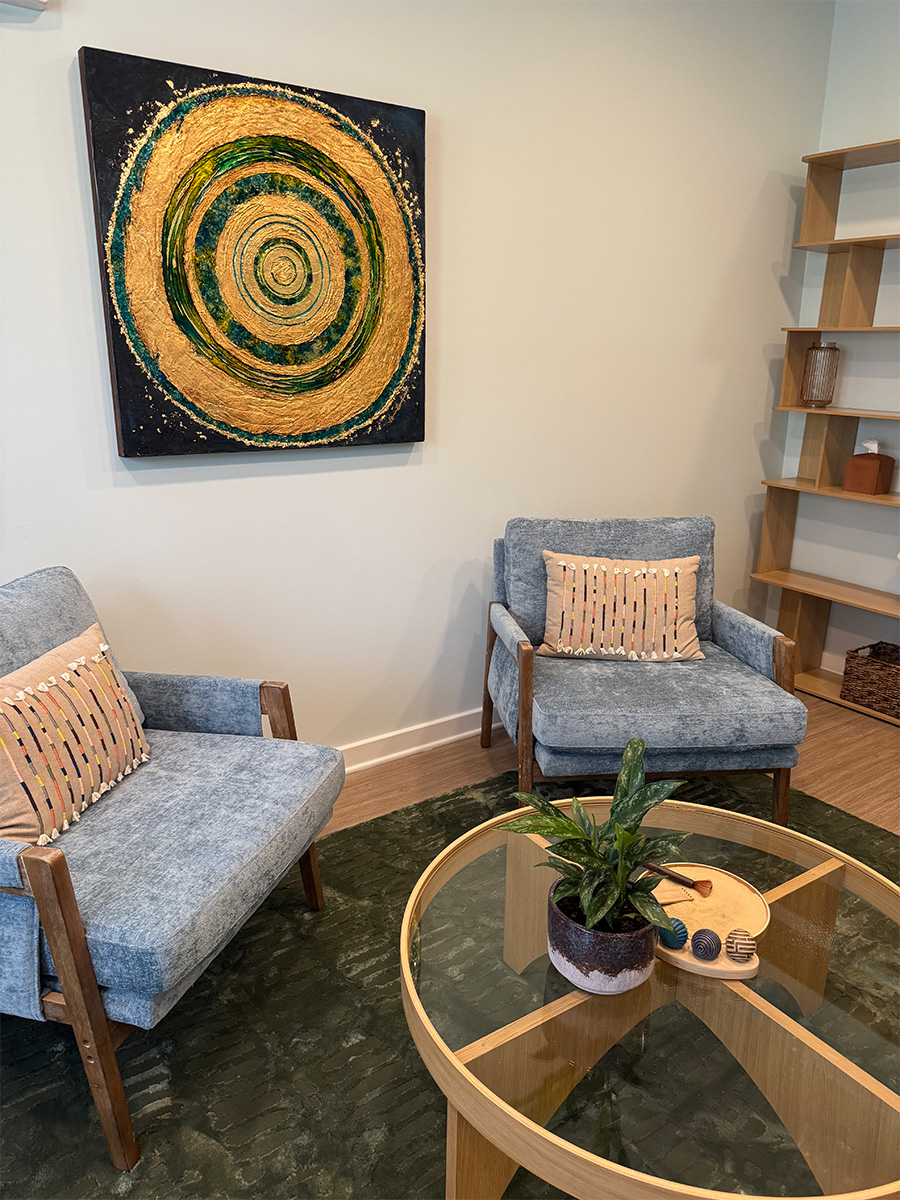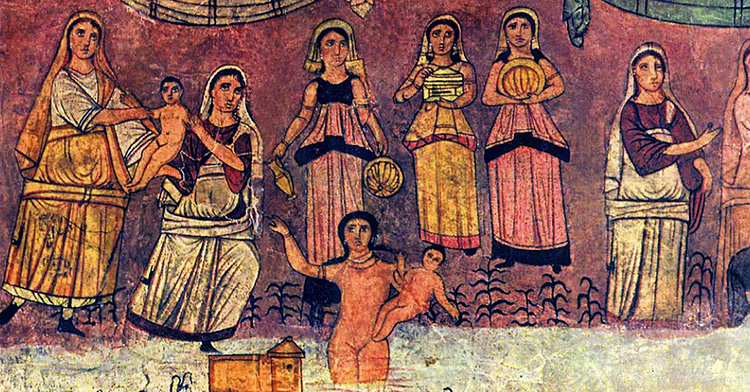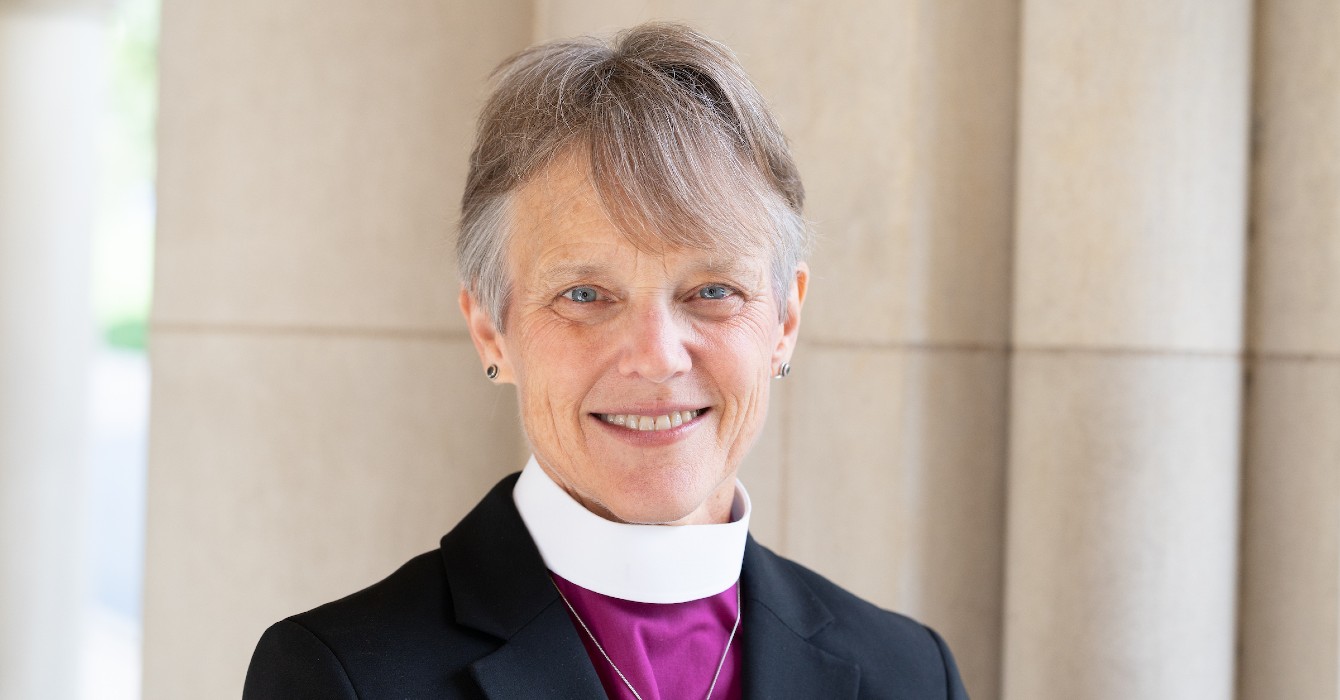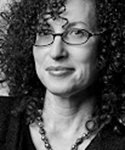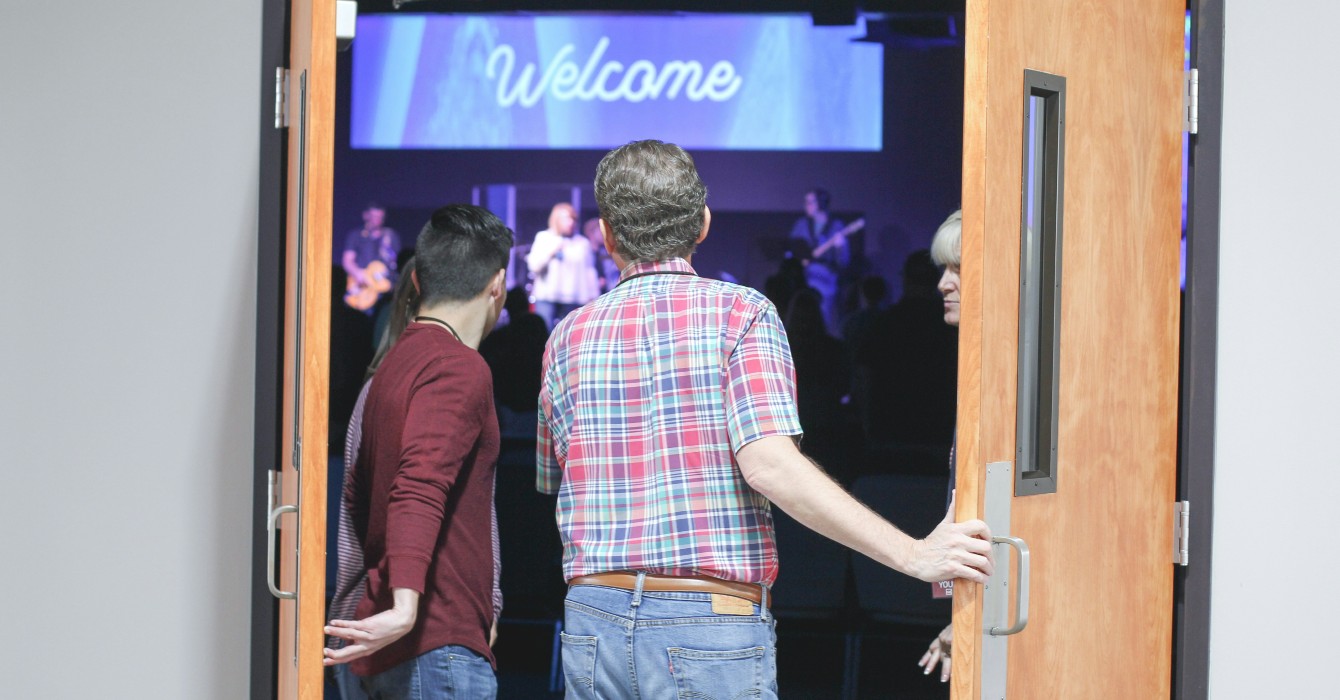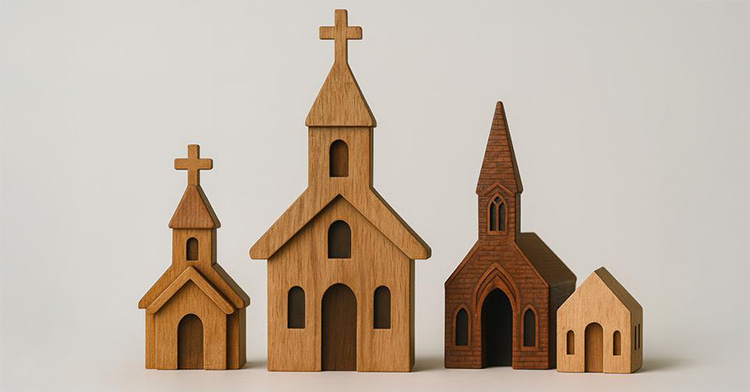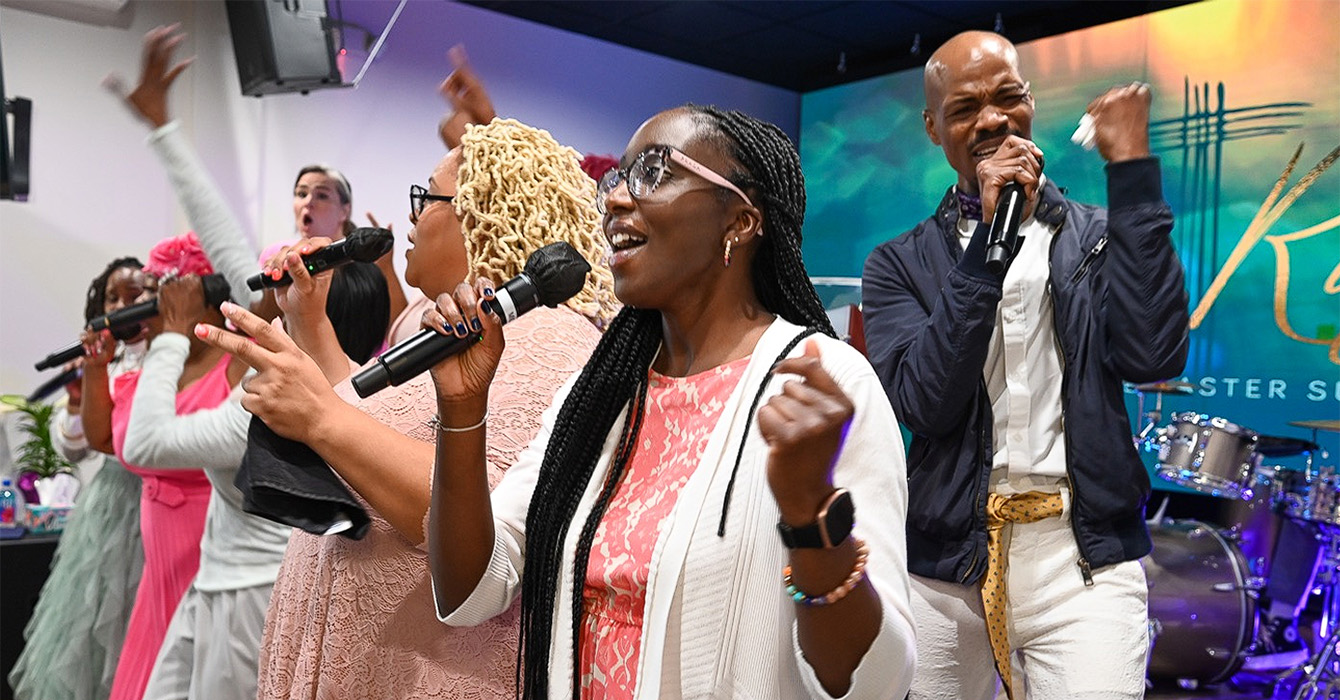I recently had the privilege of visiting King’s Ridge, a community in Raleigh, North Carolina, designed to support neighbors who have experienced homelessness within the last two years. More than a housing complex, King’s Ridge is a place of healing and hope. It offers affordable housing tailored to each resident’s ability to pay and surrounds them with on-site support, including social workers and nurses. The architecture of the place transcends brick and mortar; its foundation is dignity, compassion and intentional community.
During our tour, a contemplative room created for residents stood out to me. It is a quiet space for prayer, meditation and personal restoration. At that point, the space was empty. There was no furniture, no warmth, no signs of it being intended for sacred space. It was simply a room with potential.
Sensing that this could become a place of profound spiritual renewal, Baptist Grove Church, the congregation I attend, decided to furnish it. More than filling a room, we wanted to create a space where people could encounter God, where stillness could usher in healing, and where the soul could rest. We envisioned it as a sanctuary for those in transition.
Along with providing furniture, our congregation commissioned local artist and church member Ebonie Carter to create a signature work of art to reflect both the complexity and the beauty of the healing process. The resulting piece, “Be Still,” is a mixed media work composed of oil paint, joint compound, mica chips, alcohol inks, gold leaf, and resin on a cradled wood canvas board.
The inspiration for the piece comes from Psalm 46:10: “Be still, and know that I am God.” Carter described how the etched circles in the work radiate from a calm center, expanding like breath, awareness, faith.
“Each circle is a breath, a prayer, a ripple of stillness expanding outward,” she said.
This artwork does not treat stillness as emptiness but as “intimacy with God.” It’s a bold statement: in silence, we do not lose ourselves; we find God.
The shimmering gold leaf and mica chips reflect light and divine presence, mirroring God’s glory even in darkness. This piece transcends mere decoration; it serves as a visual invocation of sacred pause — a holy interruption that calls us to slow down, turn inward and reconnect with the Spirit. The contemplative room, anchored by this art, offers a unique invitation: to step away from the noise and ground ourselves in something eternal.
Carter said she initially began painting on a standard canvas but quickly realized it could not support the weight of her vision. The layers, materials and intention all needed more strength and substance to hold them up. So, she moved to a more substantial board made of canvas and wood, strong enough for complexity.
Her words echoed in my heart. Beyond her art, I began to think about our organizations, ministries and collective visions. Are we grounded enough to support the weight of what we’ve been called to build? Have we invested in the structures — spiritual, emotional, organizational — that are sturdy enough to bear the layers of our calling?
In Matthew 7:24-27, Jesus presents a powerful image of resilience: two builders, two houses and two outcomes. One stands, while the other collapses. The difference is not in the storm that buffets them both but in the strength of their foundations. This teaching, often read as a personal call to obedience and spiritual grounding, also speaks volumes about how we structure and support the communities and institutions we lead.
Too often, we rely on what is convenient or readily accessible. We dive into vision without considering whether the framework can support it. However, growth without grounding is hazardous. Expansion without assessment is reckless. Like that bowed canvas, a beautiful vision constructed on a fragile base will collapse under pressure.
And so, we must ask ourselves some hard but necessary questions:
- What are we building?
- What are we building it on?
- Can our organizational “canvas” bear the weight of what God is calling us to?
As we reflect on where we are and where we are going — whether through a merger, expansion or reimagining — we must pause and return to the fundamentals. We must commit not only to dreaming boldly but also to building wisely. We need to ensure that we are rooted in sturdy, stable, Spirit-filled ground, a foundation capable of carrying the vision ahead.
Our communities thrive when we allow others and ourselves to fulfill our created purpose. To try to do this work in isolation is sin itself. God designed us for connection, collaboration and interdependence. Our visions are not meant to be carried alone, nor are our callings meant to exist apart from community. Just as no structure can stand without a foundation, no ministry can flourish without shared purpose and collective strength.
This moment calls for deep discernment. It calls us to align our intentions with God’s will, to let go of our own agendas, and to be led by divine wisdom. May everything we build reflect God’s justice, mercy and transformative power. May the ground beneath our vision be strong enough not only to hold it but to help it flourish.
If we are to make a lasting and life-giving impact in our communities, then our vision must be grounded, not just in strategy but in the Spirit, not just in ambition but in alignment with the One who calls us to build on rock, not on sand.
...growth without grounding is hazardous. Expansion without assessment is reckless.


